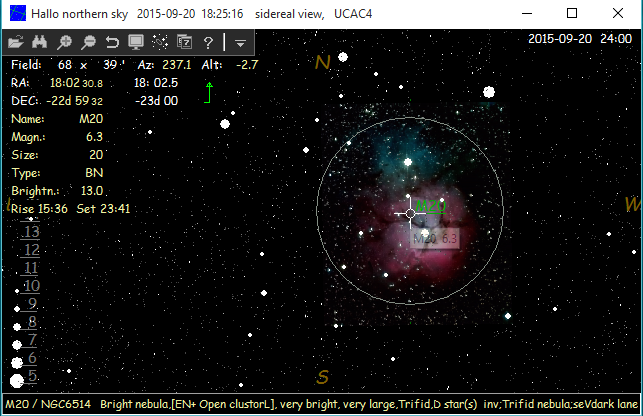

- #Star trail stacking software manual
- #Star trail stacking software code
- #Star trail stacking software free
If all goes well, the fitted formula then closely predicts the value of light polution over the whole image. We can then fit the parameters of the formula so that it best matches the background of the image. Then, we build a crude guess of which pixels contain stars and which are part of the background. Using these properties, we can build a simple process to remove light pollution: First, we will come up with a mathematical model that can express "smoothly changing tint" as a simple formula with few parameters. What helps us is that light pollution looks completely different to the stars we want to extract: Stars are tiny bright dots, and light pollution is a smoothly changing tint over the whole image. Let's instead try to get the most out of the photos we have! drive far away from civilization and take photos unpolluted by man-made lights. Of course, the ideal solution is to avoid the problem in the first place, i.e. Removing light pollutionĮven if we can remove noise and increase precision, light pollution puts a hard limit on how much we can boost the image brightness eventually, we'll just end up with a white image. Increasing the image brightness reveals the light pollution that occludes the night sky.

If we do this to our input image, we get a result like this: Our first instinct is to simply turn up the image brightness, and this is almost the correct thing to do. The basic problem we're trying to solve is that we have a photo of something that's very dim taken with a short exposure, and as a result we can't see anything. After all, what is the fun in having a program do the work for you when you have to spend just as much time setting it up!
#Star trail stacking software manual
It's possible that these just need more manual preprocessing and dialing in the right settings before they produce better results, but this is unsatisfying: My goal was to have a piece of software that won't need any user adjustment or complicated setup to work. The problem I found with these is that they are either quite expensive or performed substandard when it comes to aligning images. There are already software packages that can enhance your star photos for you ( pixinsight, DeepSkyStacker, AstroArt, just to name a few). It's also worth mentioning that these things are not new.
#Star trail stacking software free
If you have any suggestions or corrections to make, feel free to contact me.
#Star trail stacking software code
To that end, most of the code was written from scratch, since I wanted to avoid big dependencies like OpenCV - it's not much of a learning experience otherwise. But I wanted to play with computer vision for a while now, and it was a refreshing side project to work on. I am neither a photographer nor a computer vision person, and my approach to solve this problem may be clumsy at times. Disclaimerīefore I dive into the details of this project, I should add a quick disclaimer. There will also be plenty of pretty pictures along the way. In the following, I will briefly outline my approach to the problem, what worked and what didn't work. However, getting there turns out to be quite difficult. If we throw plenty of math at the problem, the answer is yes! - with enough input images, we can reconstruct hundreds of stars from what used to be a black night sky. Since I'm a programmer and not a photographer, the obvious question to ask was this: Maybe we can't take better pictures - but if we had a lot of such low quality input images, could we somehow extract a single, higher quality picture of the night sky from them? This is what this project is all about. However, most consumer cameras use only a short exposure time, and you might end up with a picture that looks like the raw input image in the video above: A dim image with only a handful of bright stars visible - certainly not worth sharing on your social medias. The problem is that stars are actually surprisingly dim, and to properly capture them on film, the camera sensor needs to be exposed to the sky for a long time. If you've ever taken a photo of the night sky with a cell phone or a consumer camera, you might have been disappointed with the results. Star Stacker: Astrophotography with C++11


 0 kommentar(er)
0 kommentar(er)
